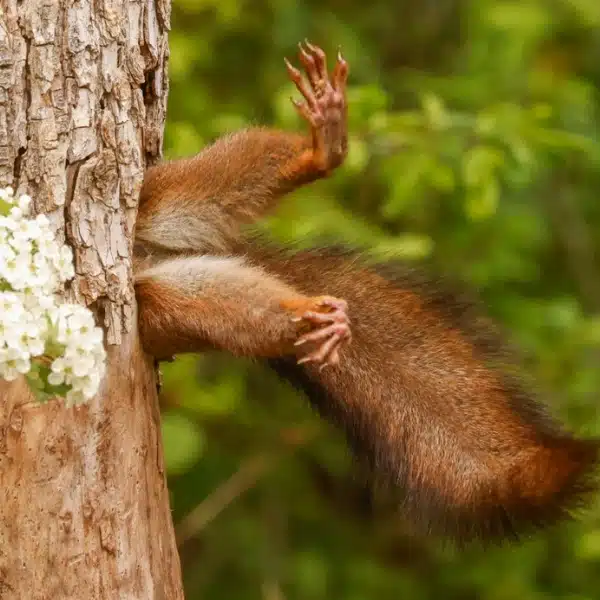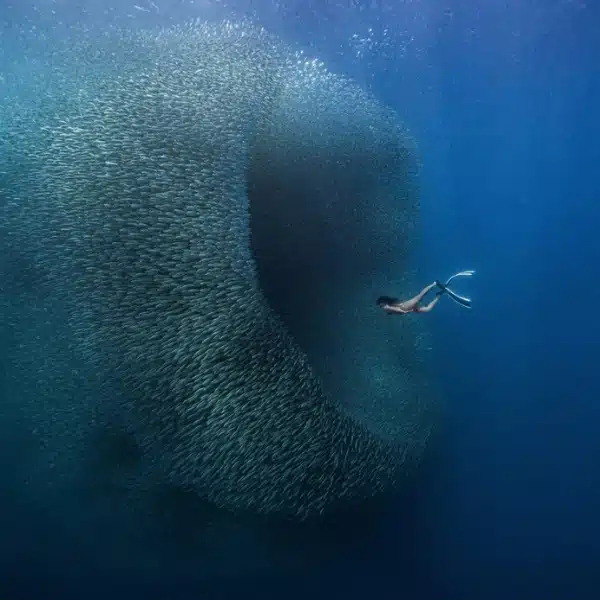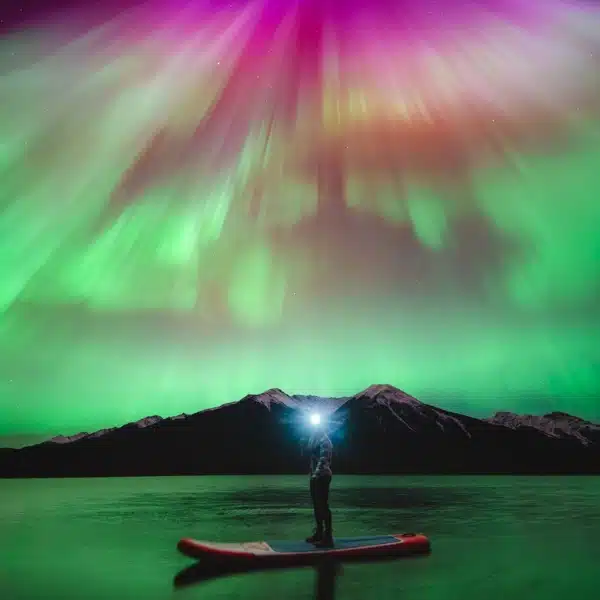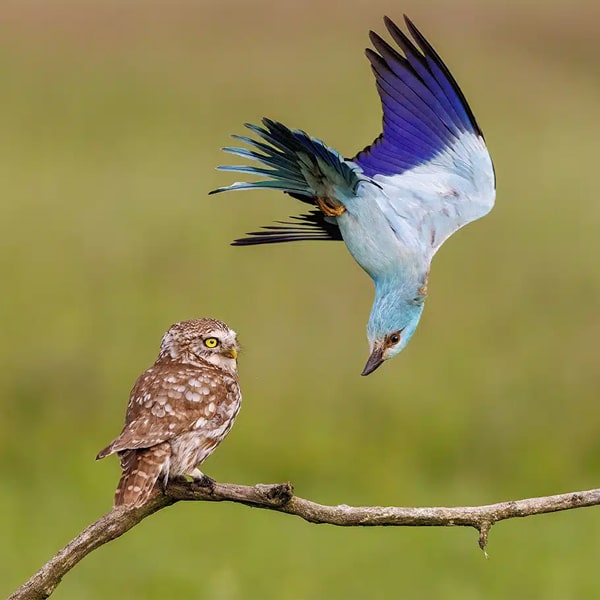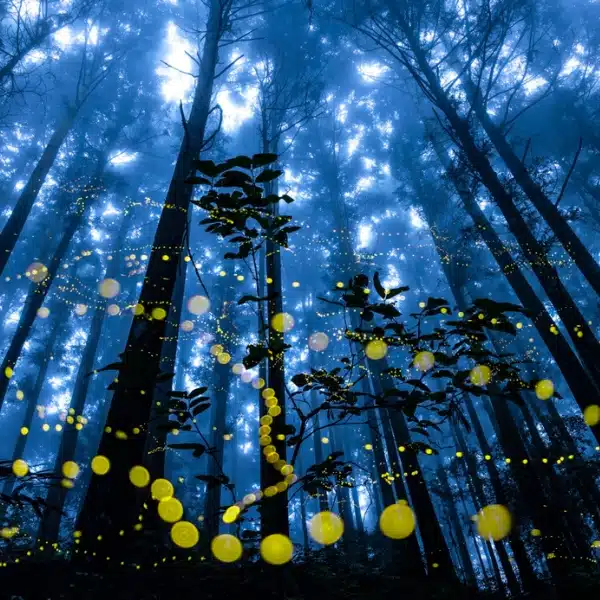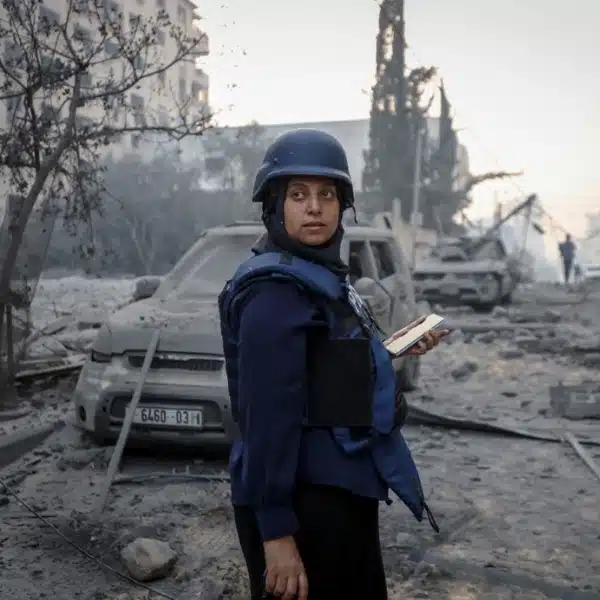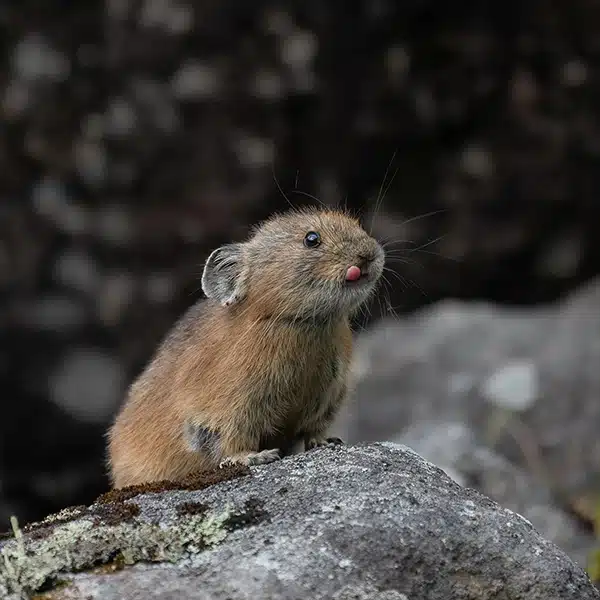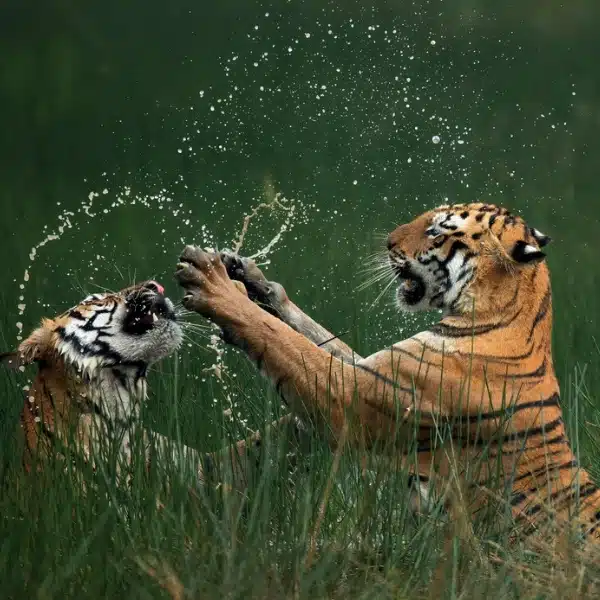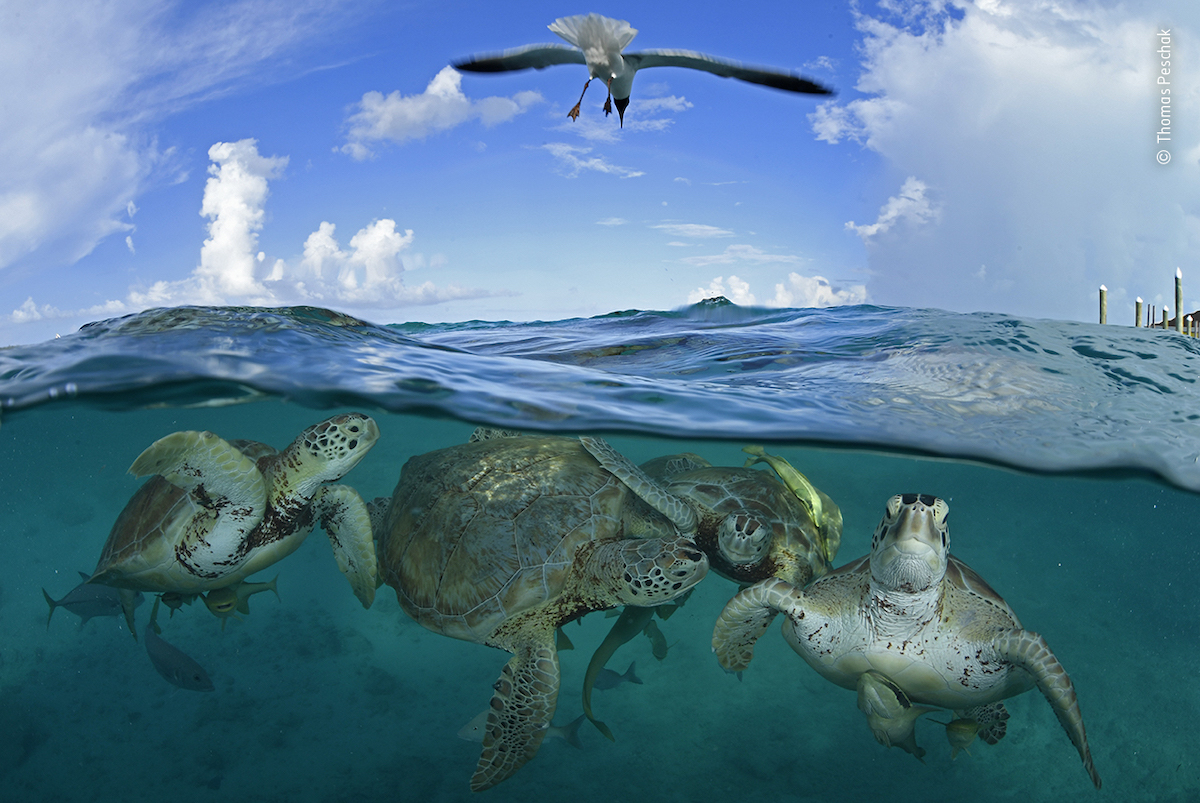
“Turtle Time Machine” by Thomas Peschak / Wildlife Photographer of the Year
During Christopher Columbus’s Caribbean voyage of 1494, green sea turtles were said to be so numerous that his ships almost ran aground on them. Today the species is classified as endangered. However, at locations like Little Farmer’s Cay in the Bahamas, green turtles can be observed with ease. An ecotourism project run by fishermen (some who used to hunt turtles) uses shellfish scraps to attract the turtles to the dock. Without a time machine, it is impossible to see the pristine turtle population, but Thomas hopes that this image provides just a glimpse of the bounty our seas once held.
The Wildlife Photographer of the Year contest recently recognized the winners of its 2020 competition, but that doesn’t mean the contest is over. Now, the public gets to decide on the LUMIX People's Choice Award. From now until February 2, 2021, you can browse the 25 shortlisted photographs and vote on the one you think should win.
The selected images are the cream that rose to the top of the over 49,000 contest submissions, and they encapsulate the heart of the competition. Wildlife Photographer of the Year is developed and produced by the Natural History Museum, London. Through the contest, the institution looks to these images as having the power to inspire curiosity and wonder while showcasing wildlife photography as an art form. The museum also sees it as an opportunity to challenge the viewer to consider our place in the natural world and implores each and every one of us to do our part to protect it.
Whether the photographers are showcasing adorable baby animals or reminding us of human practices that hurt these creatures, each of the shortlisted images has an emotional component that is immediately evident when you view them. This will undoubtedly make picking just one to vote on for the People’s Choice Award a challenge.
We’ve shared some of the images below, but don’t forget to view the whole selection and vote before the competition closes on February 2, 2021.
Vote on your favorite wildlife photograph when you check out the LUMIX People's Choice Award. The polls are open until February 2, 2021.
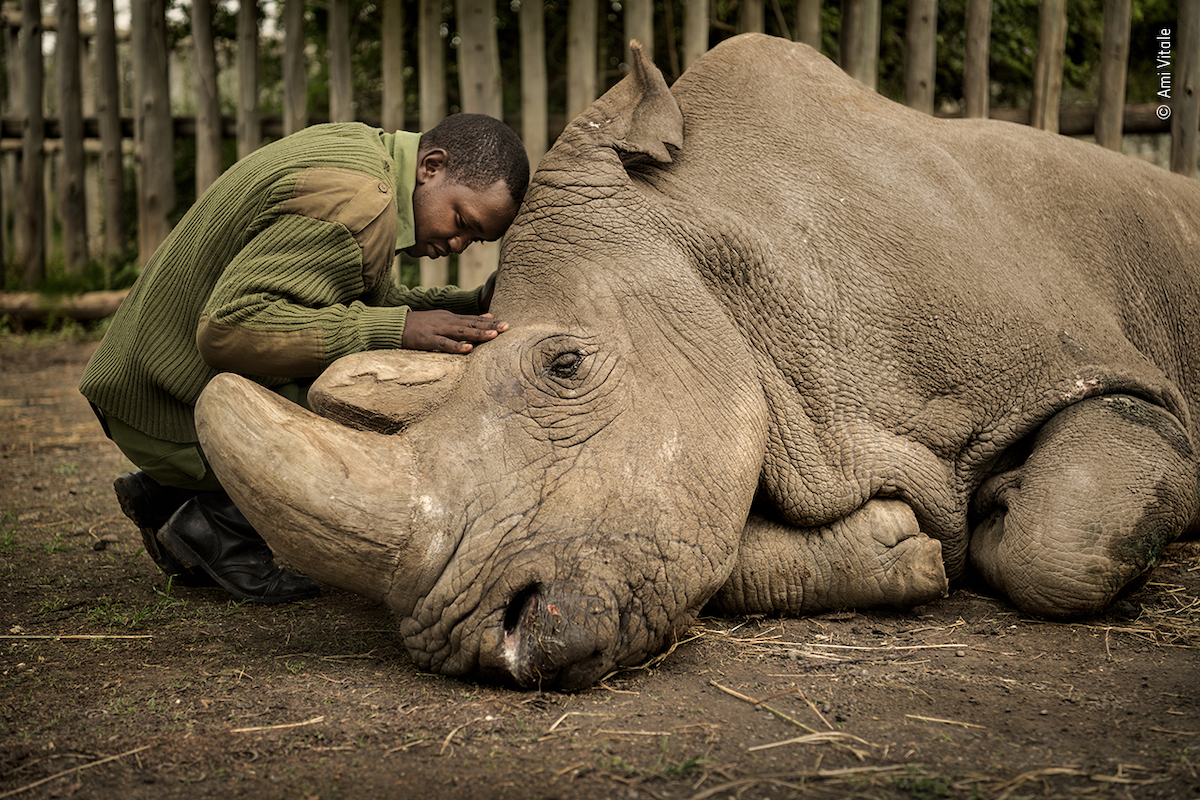
“The Last Goodbye” by Ami Vitale / Wildlife Photographer of the Year
Joseph Wachira comforts Sudan, the last male northern white rhino left on the planet, moments before he passed away at Ol Pejeta Wildlife Conservancy in northern Kenya. Suffering from age-related complications, he died surrounded by the people who had cared for him. With every extinction we suffer more than loss of ecosystem health. When we see ourselves as part of nature, we understand that saving nature is really about saving ourselves. Ami's hope is that Sudan’s legacy will serve as a catalyst to awaken humanity to this reality.
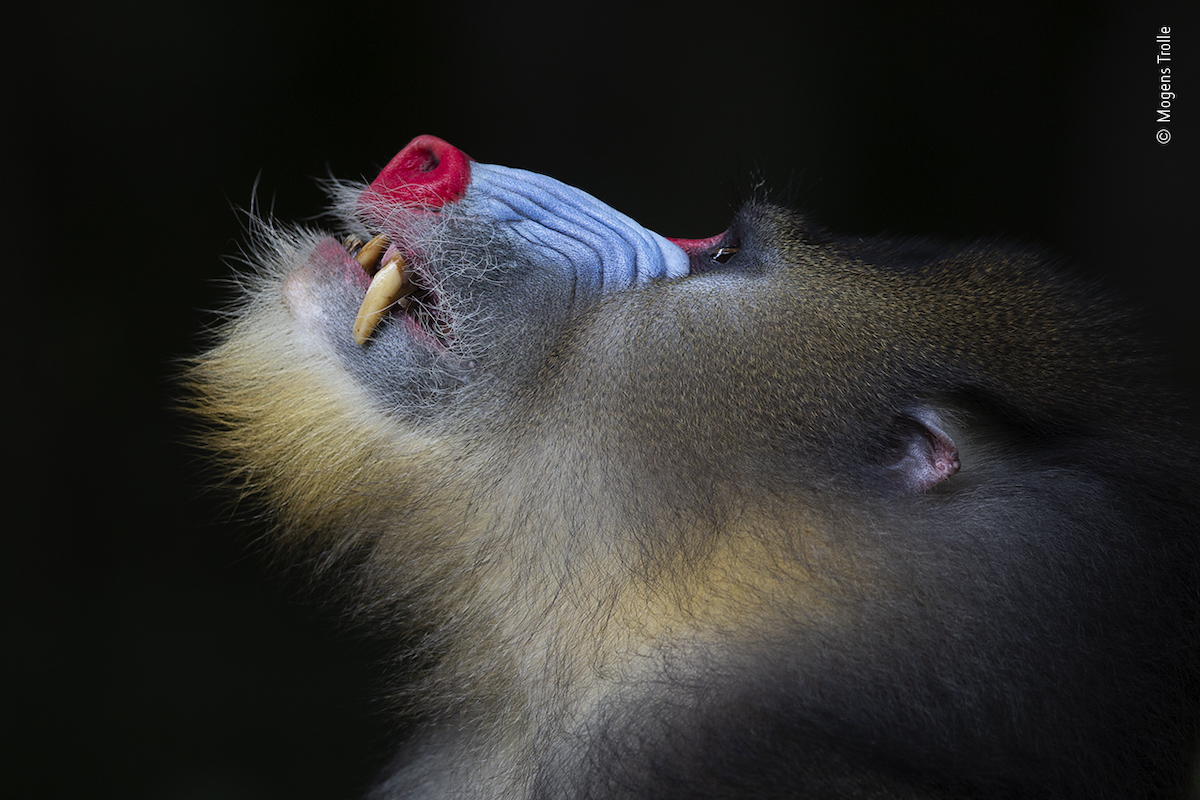
“The Alpha” by Mogens Trolle / Wildlife Photographer of the Year
Of all the different primate species Mogens has photographed, the mandrill has proved the most difficult to reach, preferring to hide in tropical forests in remote parts of Central Africa. This made the experience of sitting next to this impressive alpha, as he observed his troop above, even more special. When a male becomes alpha, he undergoes physical changes that accompany a rise in testosterone levels, and this results in the colors on his snout becoming much brighter. With the loss of status, the colors fade. Mogens used a flash to enhance the vivid colors and textures against the dark forest background.
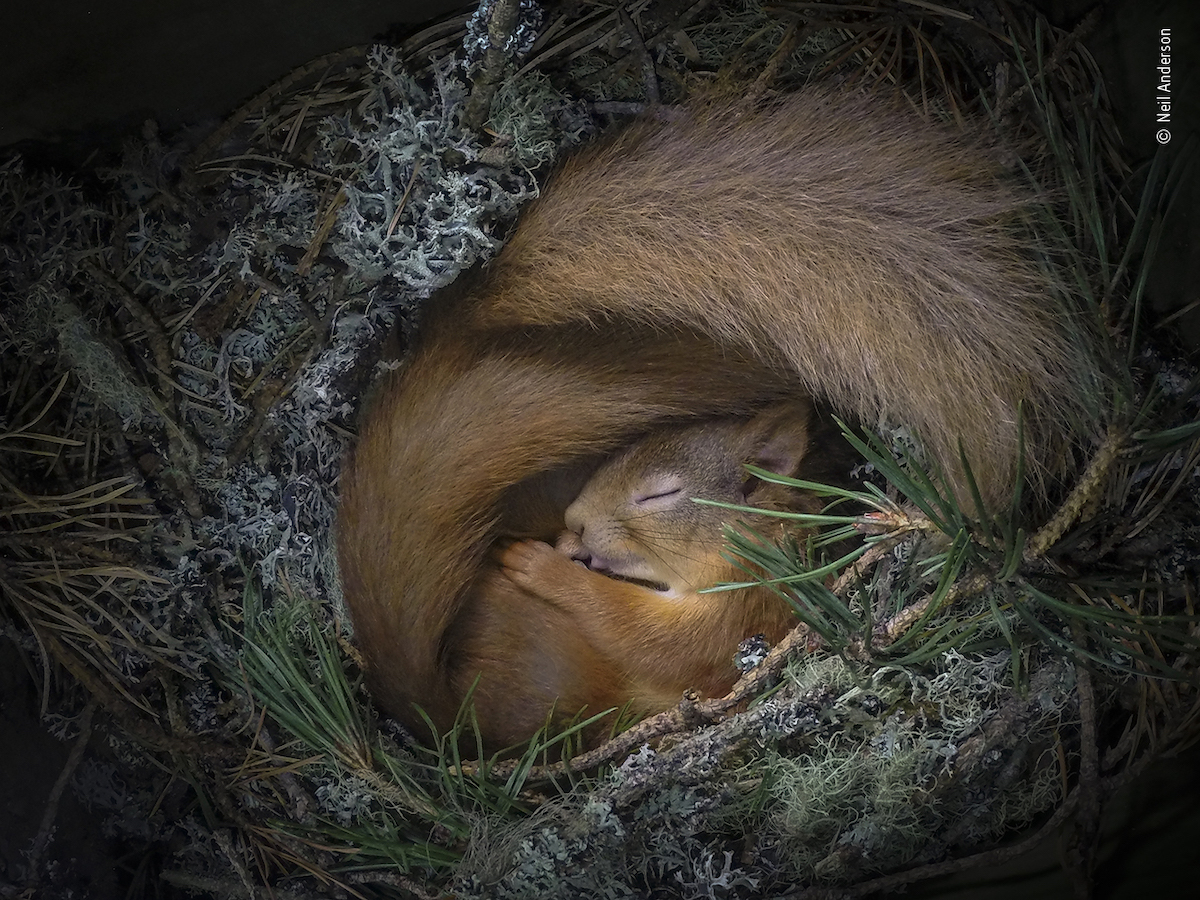
“Drey Dreaming” by Neil Anderson / Wildlife Photographer of the Year
As the weather grew colder, two Eurasian red squirrels (only one is clearly visible) found comfort and warmth in a box Neil had put up in one of the pine trees near his home in the Scottish Highlands. In the colder months, it’s common for the squirrels, even when unrelated, to share dreys. After discovering the box full of nesting material and in frequent use, Neil installed a camera and LED light with a diffuser on a dimmer. The box had a lot of natural light so he slowly increased the light to highlight his subjects – and using the WiFi app on his phone he was able take stills from the ground.
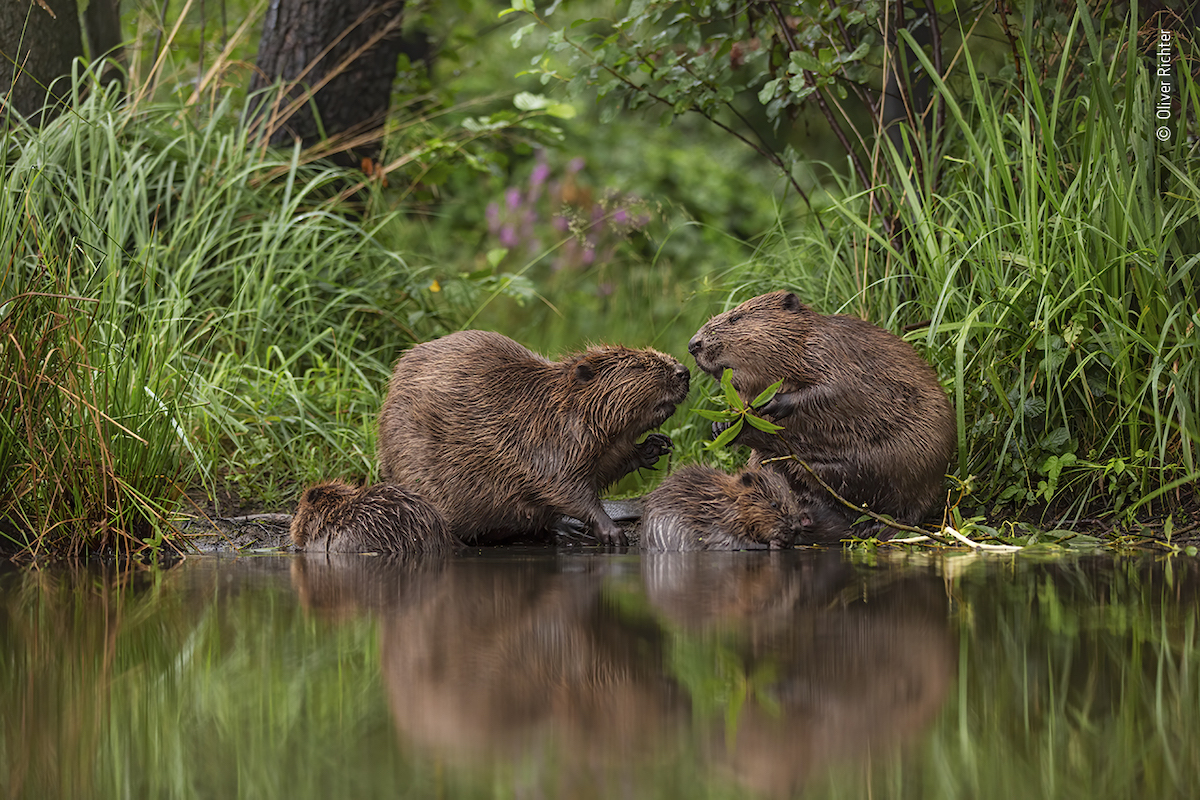
“A Special Moment” by Oliver Richter / Wildlife Photographer of the Year
Oliver has observed the European beavers near his home in Grimma, Saxony, Germany, for many years, watching as they redesign the landscape to create valuable habitats for many species of wildlife including kingfishers and dragonflies. This family portrait is at the beavers’ favourite feeding place and, for Oliver, the image reflects the care and love the adult beavers show towards their young.
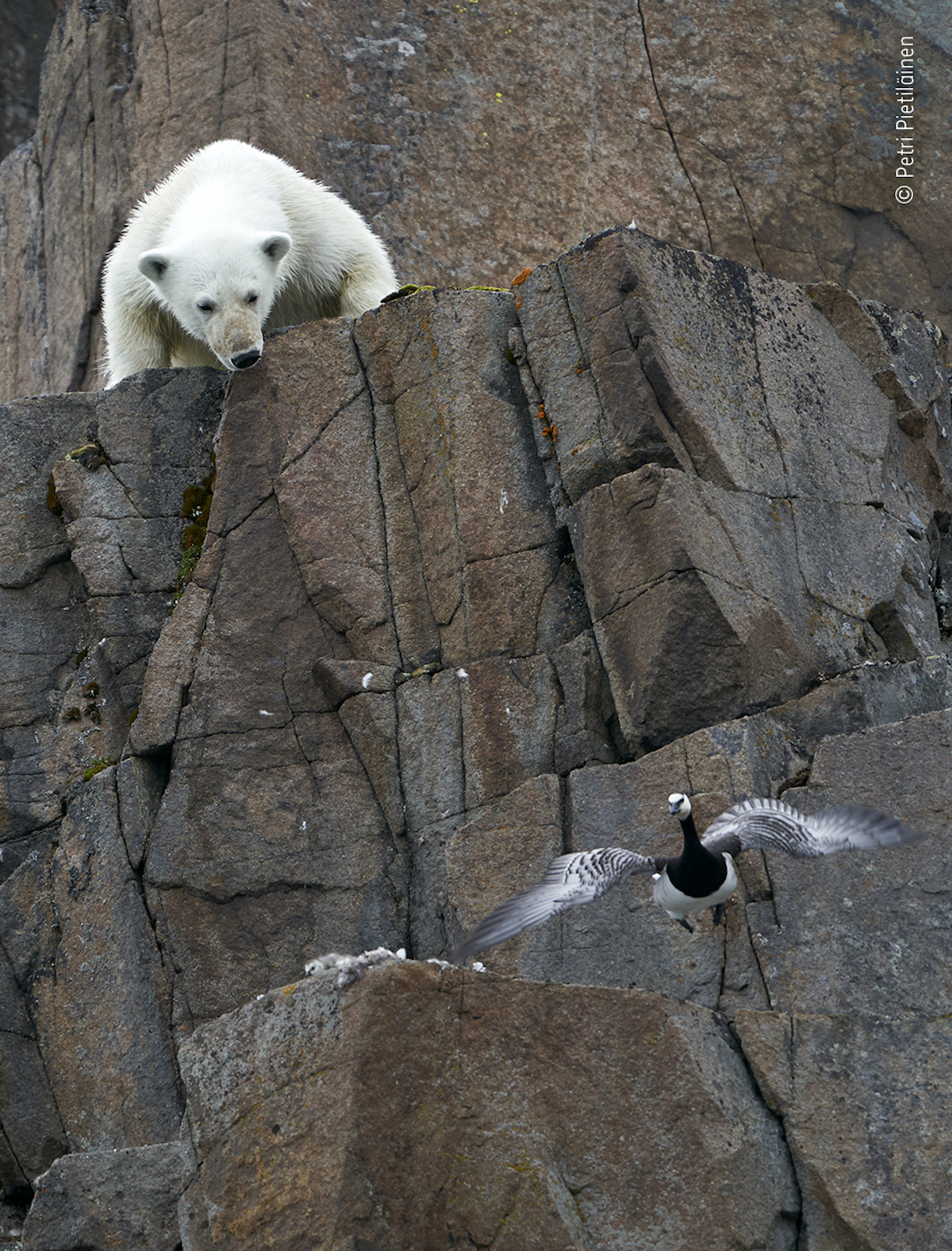
“White Danger” by Petri Pietiläinen / Wildlife Photographer of the Year
While on a photography trip to the Norwegian archipelago, Svalbard, Petri had hoped to spot polar bears. When one was sighted in the distance on a glacier, he switched from the main ship to a smaller rubber boat to get a closer look. The bear was making its way towards a steep cliff and the birds that were nesting there. It tried and failed several routes to reach them, but perseverance, and probably hunger, paid off as it found its way to a barnacle goose nest. Panic ensued as the adults and some of the chicks jumped off the cliff, leaving the bear to feed on what remained.
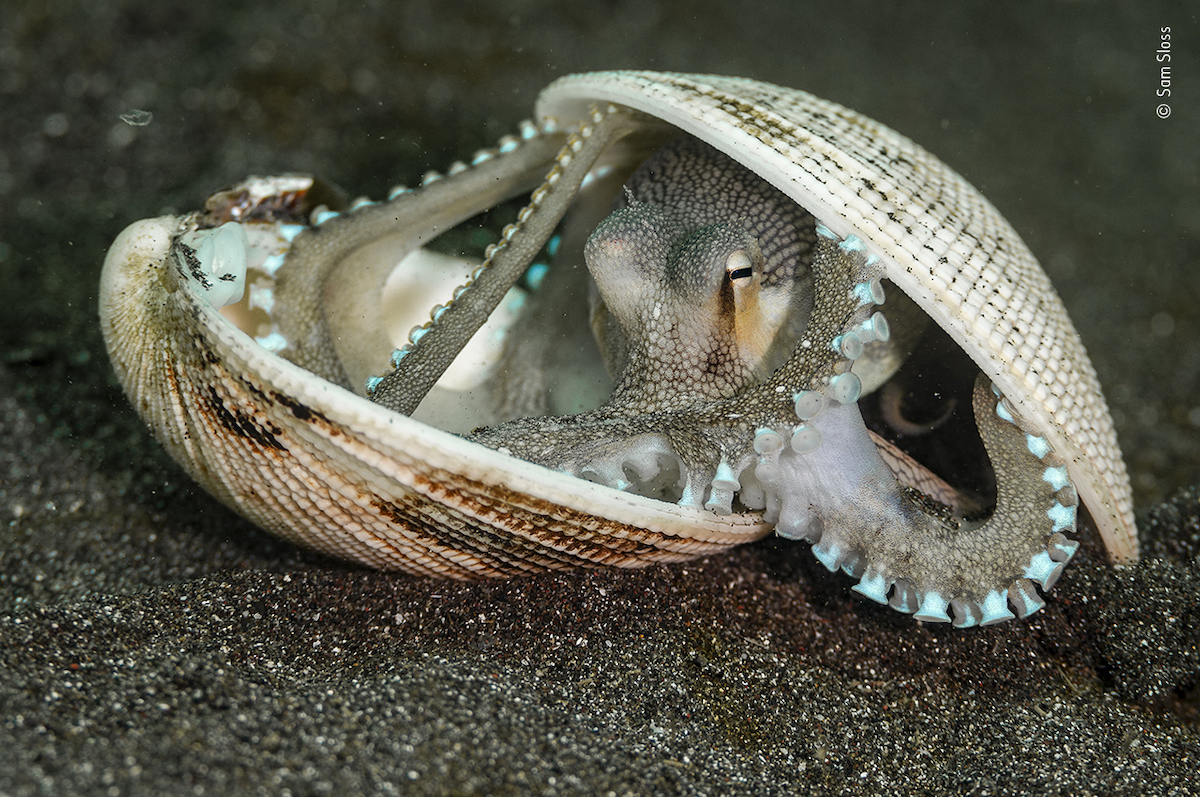
“Shut the Front Door” by Sam Sloss / Wildlife Photographer of the Year
This coconut octopus was spotted walking around the black sand of the Lembeh Strait, Sulawesi carrying its house made of shells. Remarkably, this small octopus constructs its own protective shelter using clamshells, coconuts, and even glass bottles! These intelligent creatures are very picky when it comes to choosing the perfect tools. They know that certain types and sizes of shell have their advantages, whether they be for shelter, camouflage, or concealing themselves from both prey and predator alike. It is safe to say that the coconut octopus is certainly one of the most scrappy, resourceful, and brainy creatures in the ocean.
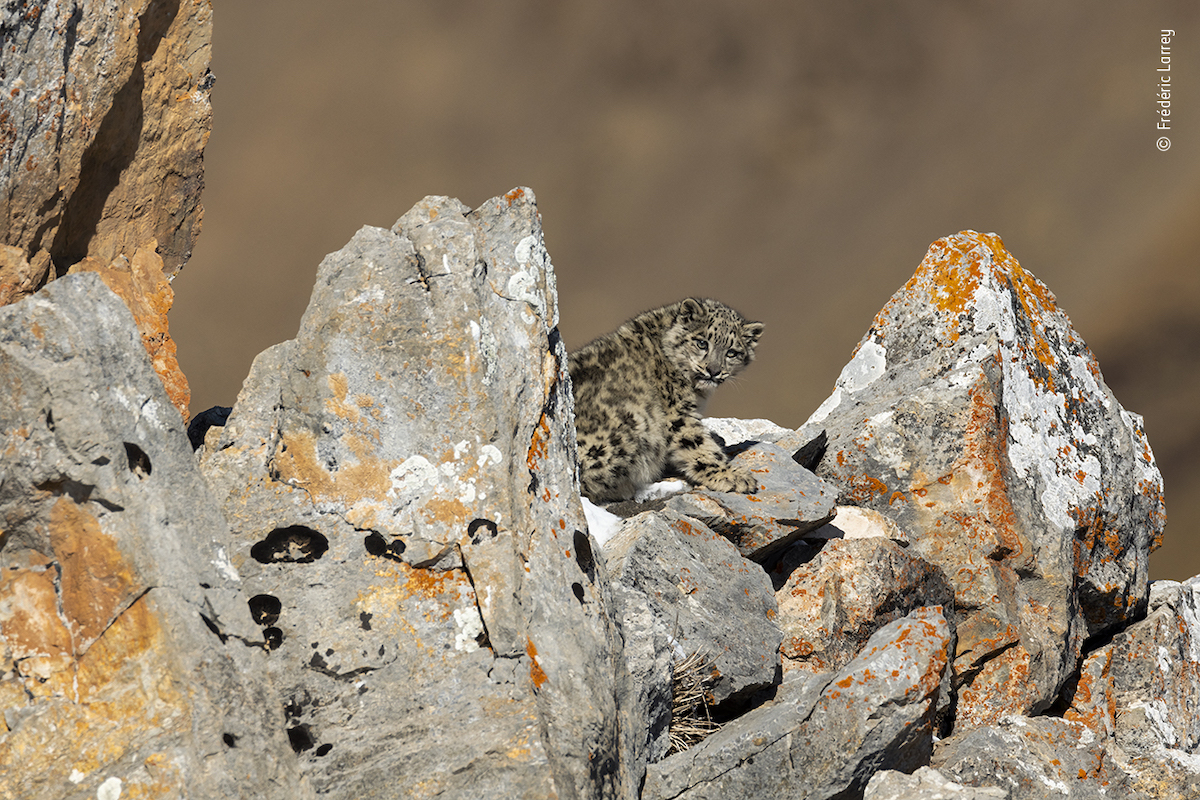
“Baby on the Rocks” by Frédéric Larrey / Wildlife Photographer of the Year
When this six-month-old snow leopard cub wasn’t following its mother and copying her movements, it sought protection among the rocks. This was the second family of snow leopards that Frédéric photographed on the Tibetan plateau in autumn 2017. Unlike other regions, where poaching is rife, there is a healthy breeding population in this mountain massif as the leopards are free from persecution by hunters and prey is plentiful.

“Close Encounter” by Guillermo Esteves / Wildlife Photographer of the Year
The worried-looking expression on this dog’s face speaks volumes and is a reminder that moose are large, unpredictable, wild animals. Guillermo was photographing moose on the side of the road at Antelope Flats in Grand Teton National Park, Wyoming, USA when this large bull took an interest in the furry visitor – the driver of the car unable to move it before the moose made its approach. Luckily, the moose lost interest and went on its way after a few moments.
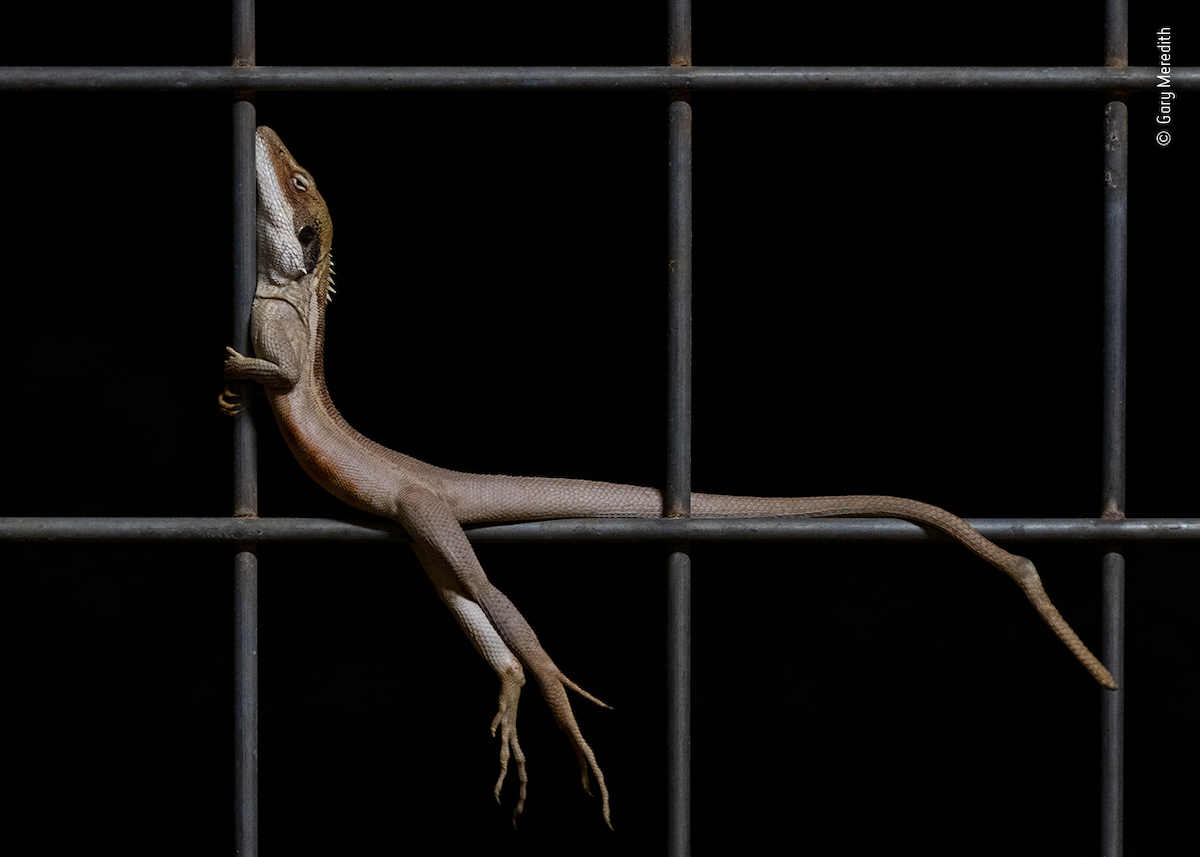
“Resting Dragon” by Gary Meredith / Wildlife Photographer of the Year
The Great Sandy Desert in Western Australia is home to a wide variety of wildlife, which exists alongside man-made mining operations. The wildlife found in this environment needs to adapt to the harsh, hostile living conditions. When the opportunity arises, the long-nosed dragon makes use of human structures. This individual positioned itself on a piece of wire mesh outside a workshop, waiting for the sun’s rays. The artificial light source outside the building attracts moths and insects, easy prey for a hungry lizard.
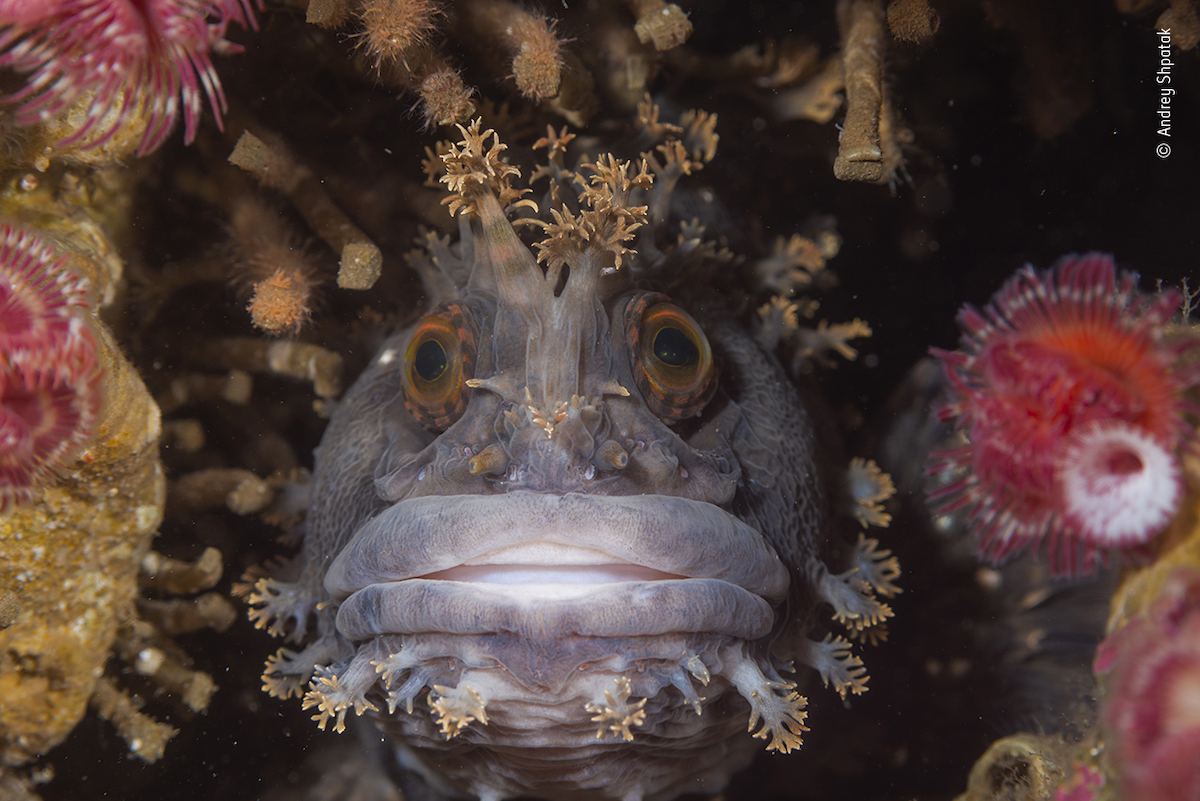
“Eye to Eye” by Andrey Shpatak / Wildlife Photographer of the Year
This Japanese warbonnet was photographed in the north of the Gulf of Oprichnik in the Sea of Japan. These unusual fish lead a territorial lifestyle among the stones and rocks of shallow coastal waters. They use their sharp-edged jaws to snap off sea cucumbers and gastropods. They were once thought to be timid and almost impossible to observe, but curiosity has taken over and they will now often swim right up to divers, who are usually startled by their extraordinary appearance.
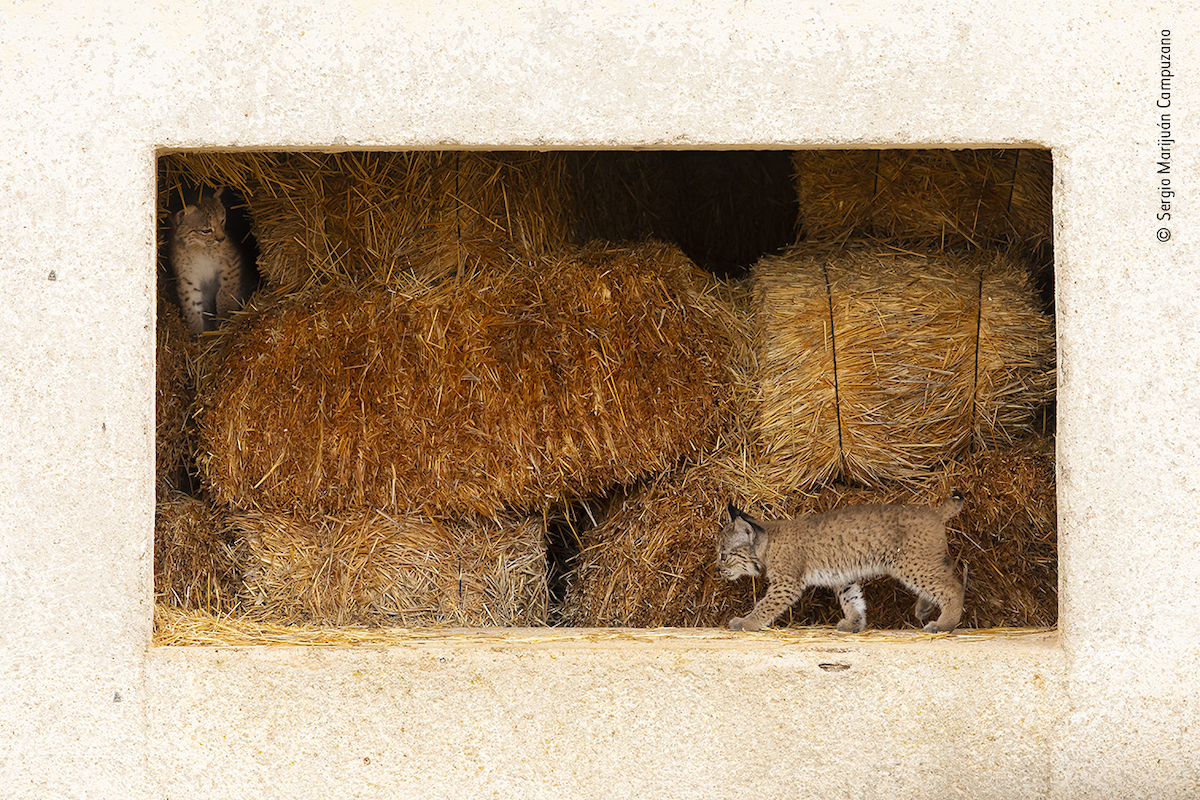
“A Window to Life” by Sergio Marijuán / Wildlife Photographer of the Year
Two Iberian lynx kittens, Quijote and Queen, play in the abandoned hayloft where they were born. Extremely curious, but a bit scared as well, they started exploring the outside world through the windows of their straw-bale home. The reintroduction of the species to eastern Sierra Morena, Spain, has seen them, in more recent years, take advantage of some human environments. Their mother, Odrina, was also born in the hayloft, and her mother Mesta stayed with her for a whole year before leaving her daughter this safe and cozy place to raise her own family.
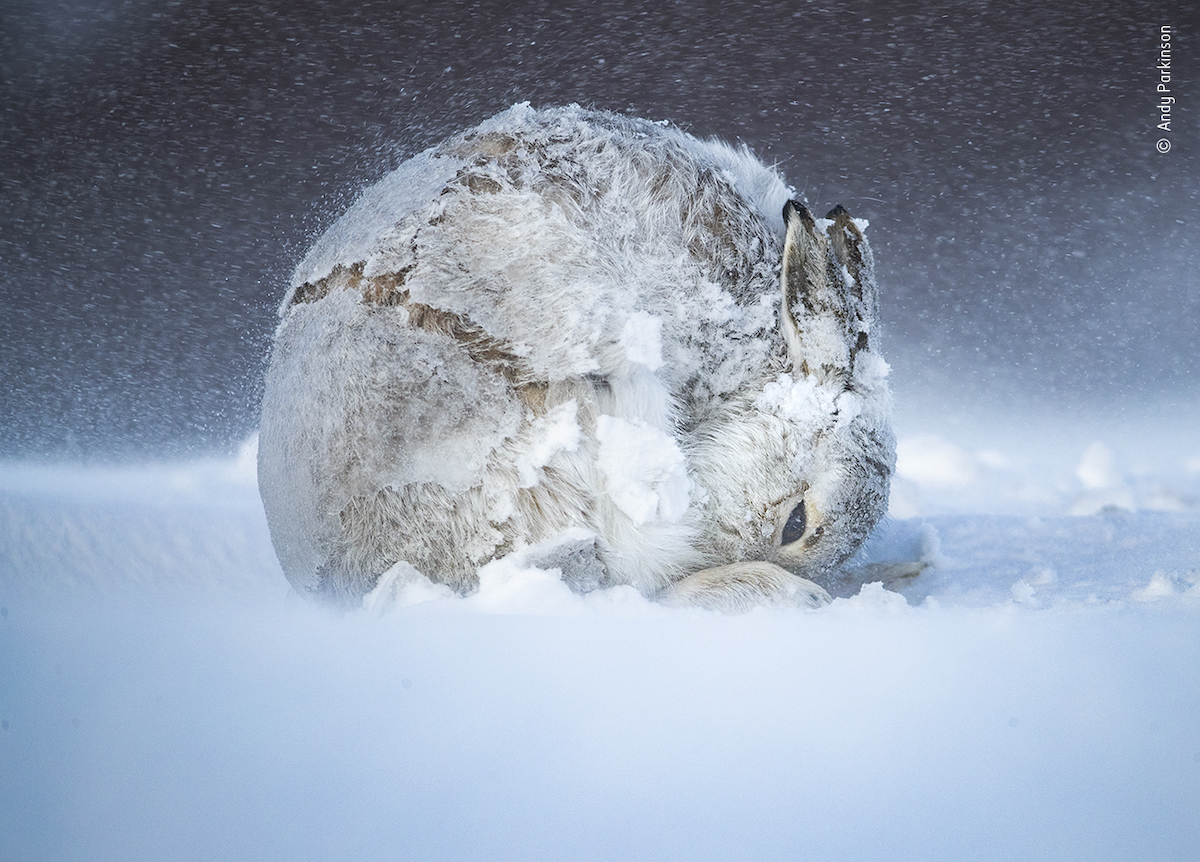
“Hare Ball” by Andy Parkinson / Wildlife Photographer of the Year
Andy spent five weeks watching the mountain hares near Tomatin in the Scottish Highlands, waiting patiently for any movement–a stretch, a yawn or a shake–which typically came every 30 to 45 minutes. As he watched, frozen and prostrate, with 50 to 60 mph winds surging relentlessly around him, the cold started to distract and his fingers clasping the icy metal camera body and lens began to burn. Then relief came as this little female moved her body into a perfect spherical shape. A movement of sheer joy. Andy craves such moments: the isolation, the physical challenge and, most importantly, time with nature.
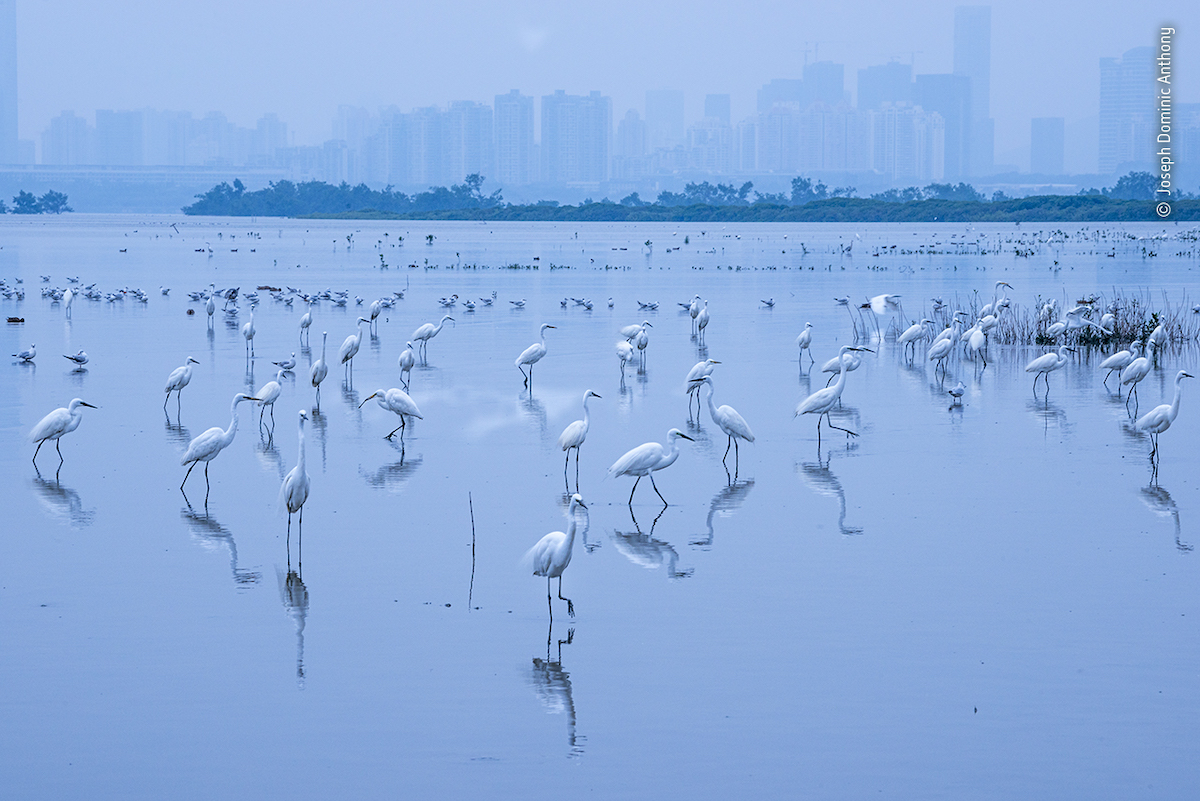
“Border Refuge” by Joseph Dominic Anthony / Wildlife Photographer of the Year
Joseph formed the idea for this photograph in 2016 on a visit to Mai Po Nature Reserve in Hong Kong. Taken within the Frontier Closed Area on the Chinese border, strictly timed access rules meant years of studying tide tables and waiting for the perfect weather. Joseph wanted to convey the story and mood of Mai Po in a single balanced photograph, combining individuals and the behaviour of multiple species in the context of their wider environment, particularly to juxtapose the proximity of the ever encroaching urban development.
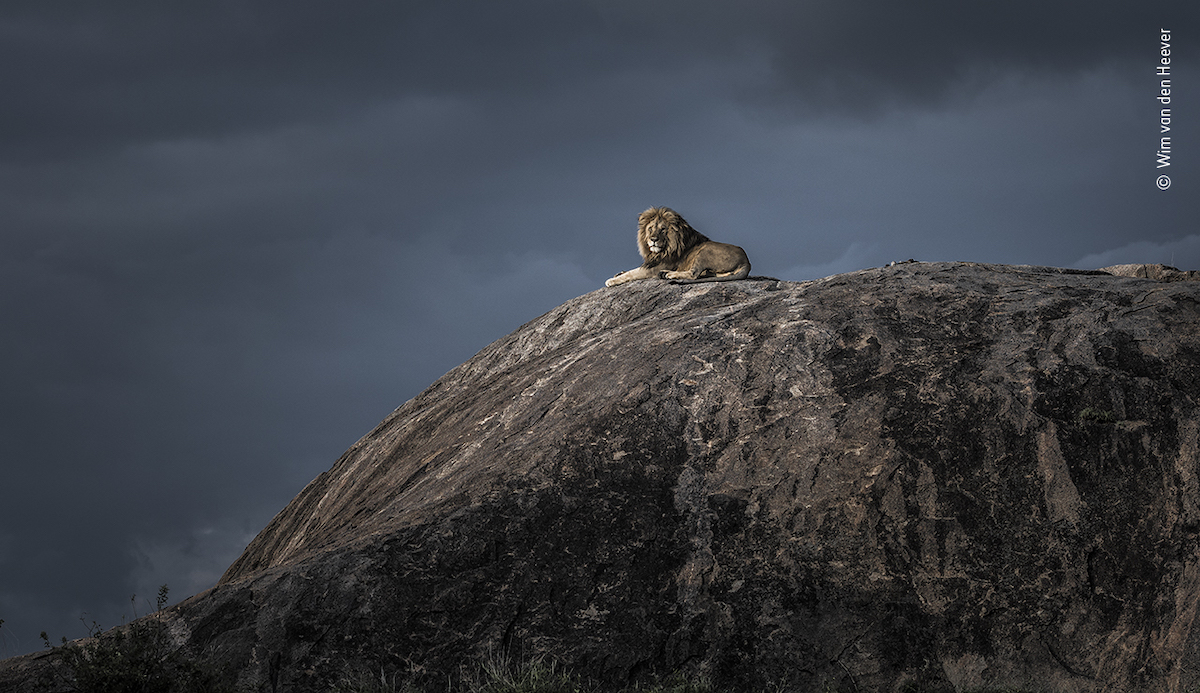
“Lion King” by Wim van den Heever / Wildlife Photographer of the Year
As Wim watched this huge male lion lying on top of a large granite rock, a cold wind picked up and blew across the vast open plains of the Serengeti, Tanzania. A storm was approaching and, as the last rays of sun broke through the cloud, the lion lifted its head and glanced in Wim’s direction, giving him the perfect portrait of a perfect moment.











































































